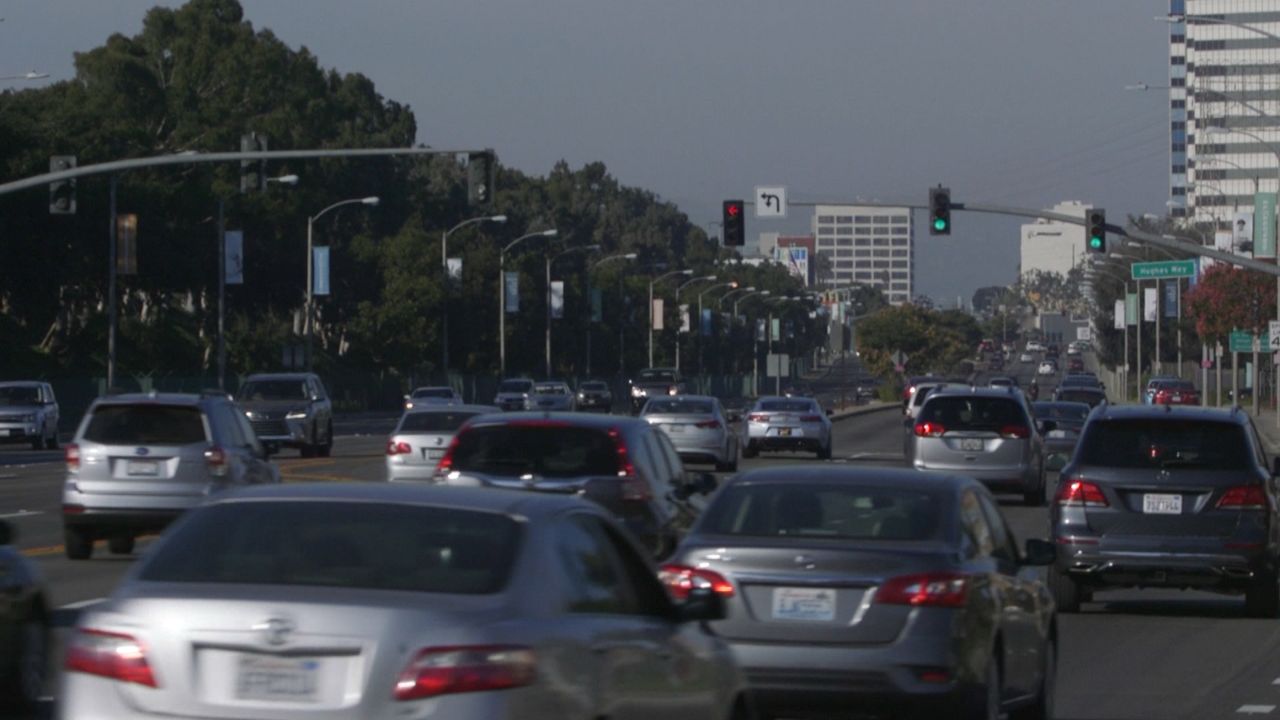LOS ANGELES (CNS) — The Los Angeles City Council voted Wednesday to approve a report calling for the evaluation of peak-hour travel lanes across the city with the purpose of determining the future use of them and to possibly accommodate bike lanes or prioritize city transit.
Councilman Bob Blumenfield introduced a motion in November 2022 calling for a plan to identify and evaluate existing peak-hour lanes to determine whether they are still needed. In Blumenfield’s motion, he also called for these lanes to be retained if needed, converted or eliminated for other uses and promote safer streets.
“Most peak-hour lanes were installed many years ago, in an era when vehicle throughput was the primary (or only) consideration for street design, and the need for or desirability of these lanes has not been evaluated since their installation,” Blumenfield’s motion reads.
“More recently, the city has given increased attention to traffic safety and promoting alternative modes of transportation such as walking and bicycling. E-bikes, electric scooters and motorized skateboards have created new demands for dedicated space on our streets.”
The Los Angeles Department of Transportation generally defines peak-hour travel lanes as lanes that provide parking during most hours of the day, but allow for vehicle travel at specified times when traffic volume is high.
Some of the city’s peak-hour lanes include Alvarado Street, Vermont Boulevard, La Brea Avenue and Roscoe Avenue.
The Department of Transportation noted it had repurposed certain peak-hour lanes to peak-hour bus lanes to reduce transit delays caused by traffic congestion. These peak-hour bus lanes typically serve low-income transit rider and reduce bus travel times by up to 15%.
In addition, the report indicated the Department of Transportation removed peak-hour lanes on some Vision Zero Priority Corridors for operational and safety reasons.
The City Council moved to direct the Department of Transportation to report back in 90 days with its findings and recommendations to address peak-hour travel lanes.



